
Speed Evolved - Performance Intake R&D, Part 1 - Stock Review
PERFORMANCE INTAKE, FITS TOYOTA GR SUPRA 3.0L 2020+
As the legendary namesakes in the automotive world live on, they are forced to evolve with the industry. That old saying "if it ain't broke, don't fix it" doesn't exactly sit well with the Toyota and BMW tag team, especially when it came to the Supra's resurrection. Yes, there is no arguing that the 2JZ-GTE was (and still is) a powerhouse of an engine, but the B58 more than fills the shoes left vacant for the last 18 years. While the car evolves, the formula stays the same. Strong, punchy turbo, straight-six in the front sending all the power to the rear wheels, and a mod-crazy driver in the middle.

More power is always on the enthusiast's mind, with the intake usually being first on the list. Intake systems can be a little stuffy from the factory and are designed to keep the volume down. Under the hood of the A90 Supra, we found the same theme, but noticed some room to improve. Before we dig into our overhaul in the next post, we needed to get a full evaluation of the stock system.
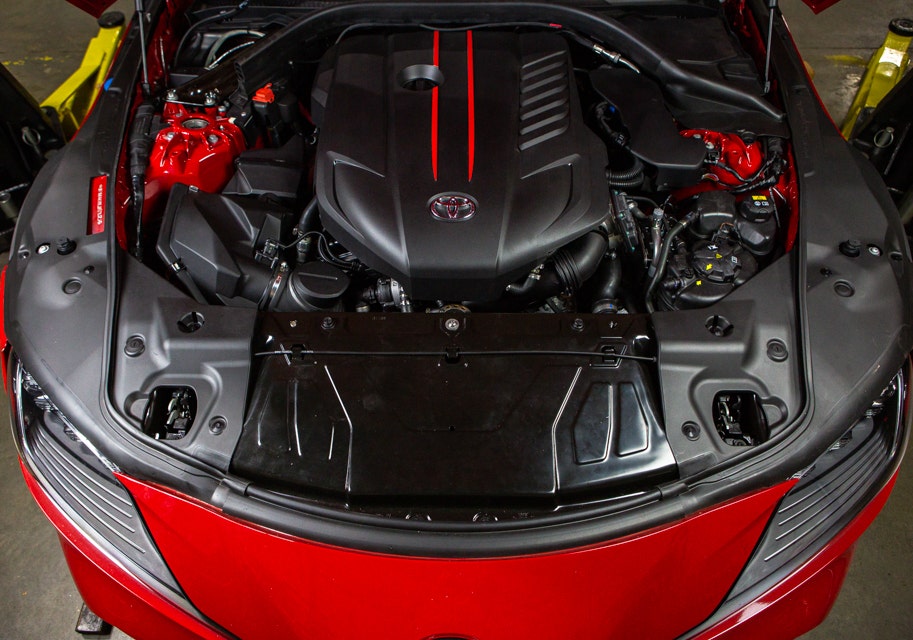
Our first impression is that it's a relatively simple design, especially knowing it came from the minds of BMW engineers. There's two reasons for this response. The turbo's location in the engine bay doesn't warrant anything extravagant and allows for a short run right to the inlet. The second is the lack of a MAF housing as speed density tuning was chosen to manage the Supra's fueling strategies.
Mapping Speed
If you're scratching your head at the notion of speed density tuning, that's ok. I'm sure you're not alone, so we'll do a brief dive into that. When it comes to electronic fuel injection, there's two main methods for the ECU to determine exactly how much fuel to mix with the air entering the engine. The most mainstream method right now is employing the use of a mass airflow (MAF) sensor. This sensor is calibrated to a housing and uses a hot wire for real-time measurements of both the volume and temperature of the air in order to adjust the fuel mixture. On the one hand, this system is very efficient when it comes to fuel economy. On the other, it does hit limitations as the power increases, specifically because of the housing size. Adjustments to the housing can cause the fuel trims to fall out of line and cause check engine lights without the correct tuning (not a good look on a daily driver that has to pass inspection).
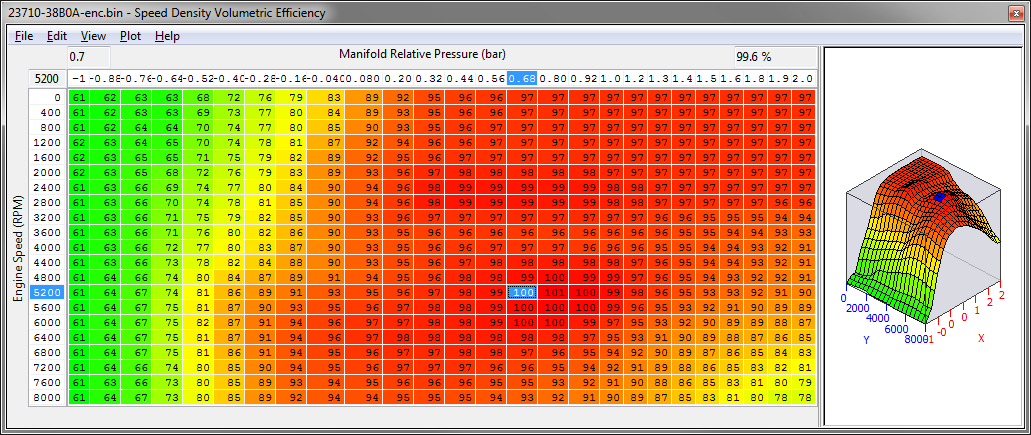
When it comes to speed density, the MAF is out, and the MAP (or manifold absolute pressure) sensor is in. An ECU running a speed density tune relies on the air temperature along with the intake manifold pressure in order to determine the amount of fuel on a preloaded chart. The oxygen sensor also comes into play, as it uses the exhaust gasses to help make real-time adjustments and any corrections to the fuel mixture. This version of tuning is a little more rudimentary and does require more calibration but has more potential for performance-based vehicles. Speed density vehicles also react differently to modifications, but we'll dig deeper once we get to our testing results.
What's in the Box?
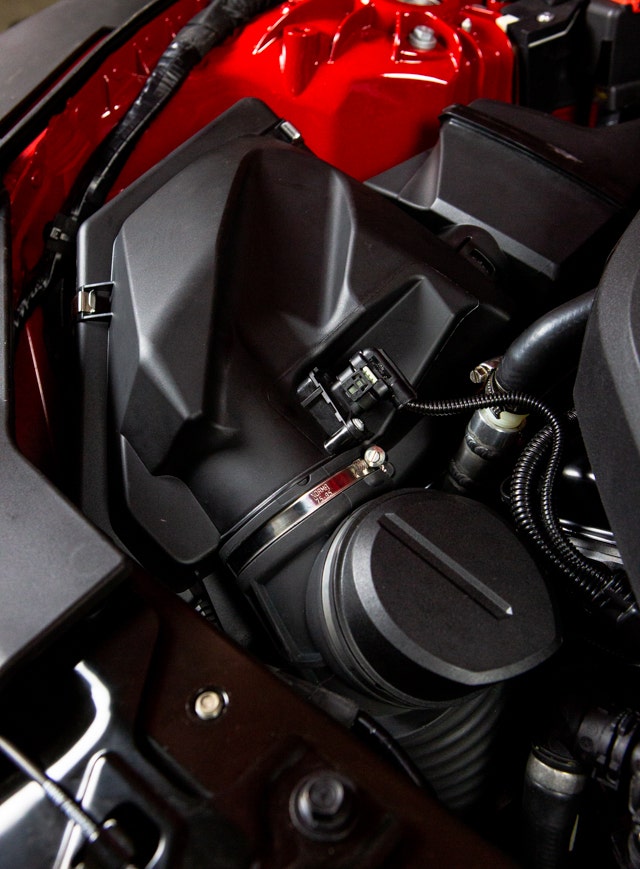
In either tuning case, increasing the flow of air into the engine is still important, so we extracted the stock intake kit from our Supra to take a closer look. First off, there's plenty of room to grow regarding the filter box. From the outside, it seems like a large piece when in reality the sound resonating chamber accounts for about half of the box's size. This is both limiting the amount of air the B58 can suck in and turning down the volume on the turbocharged soundtrack.
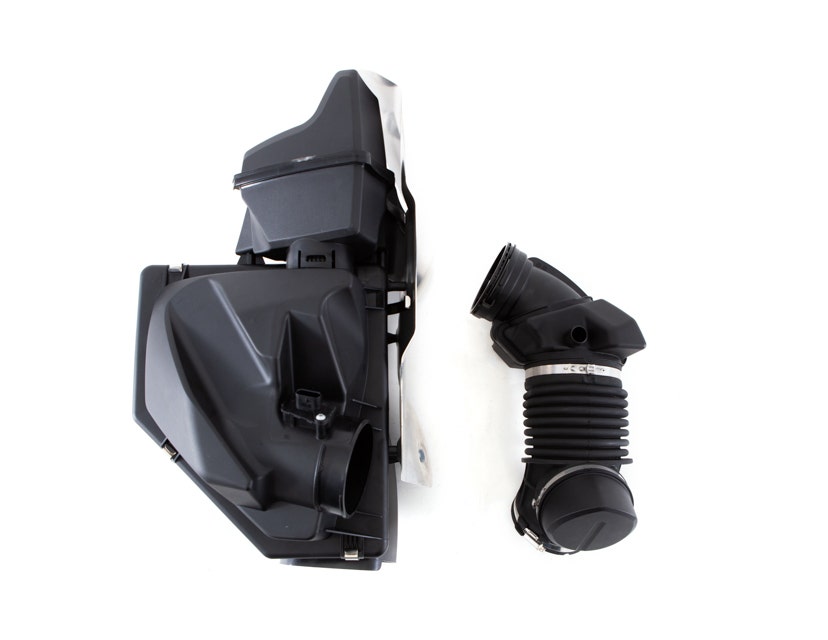
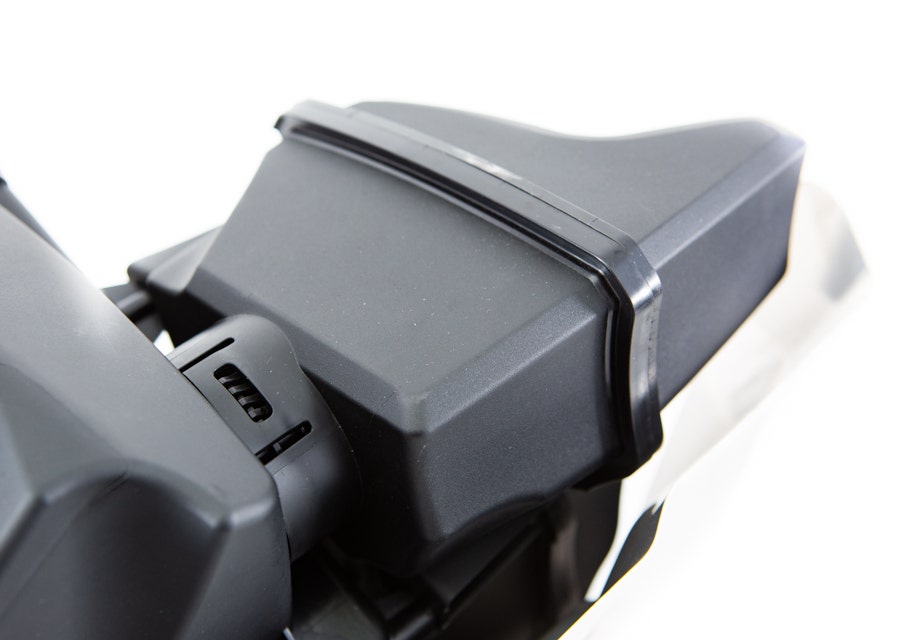
As we take a close examination of the Supra's airbox, we notice some more features that make this design a little more unique. Right where we'd expect to see a MAF sensor, we're met with an air temperature probe instead. There's also a very specific groove in the top half of the box in order to fit the front support braces that are found on the Z4 and 2021+ Supra models. Finally, since keeping the intake temperatures down is important, Toyota equipped a robust heat shield to the side of the box to guard against the sweltering heat radiating from the turbo.
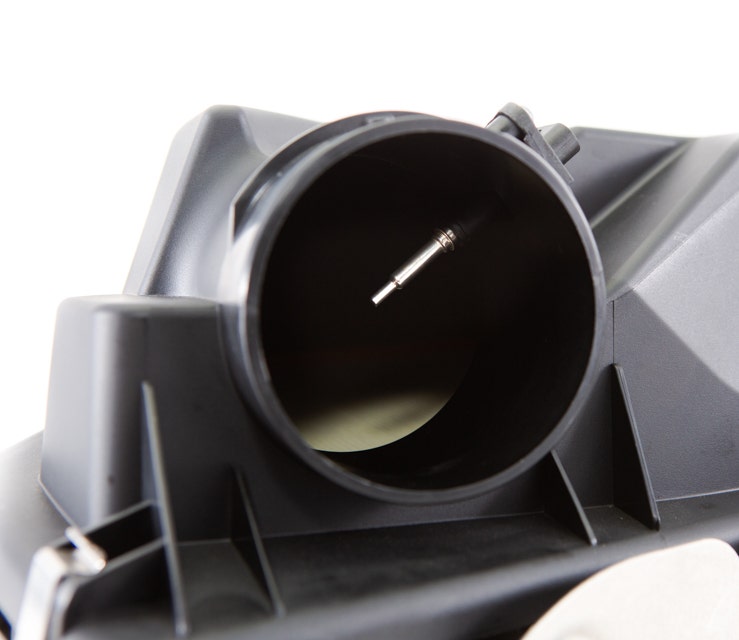
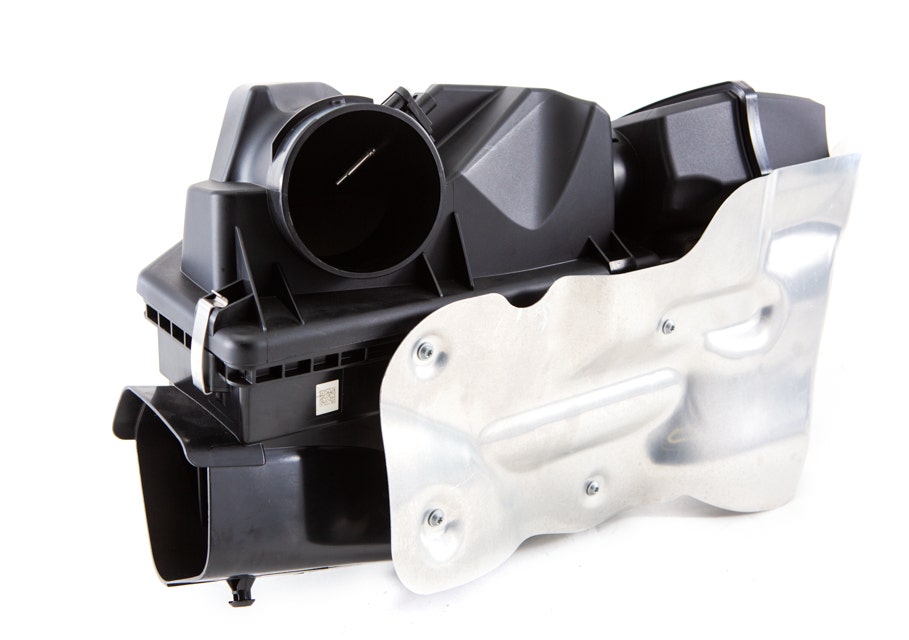
Once we pop the clips and open the airbox, we find more design cues with daily driving comfort in mind. The uniquely shaped dry panel filter is designed to be used every day, so while durable and inexpensive for Toyota to include, it does pose as a restriction for the B58's airflow.
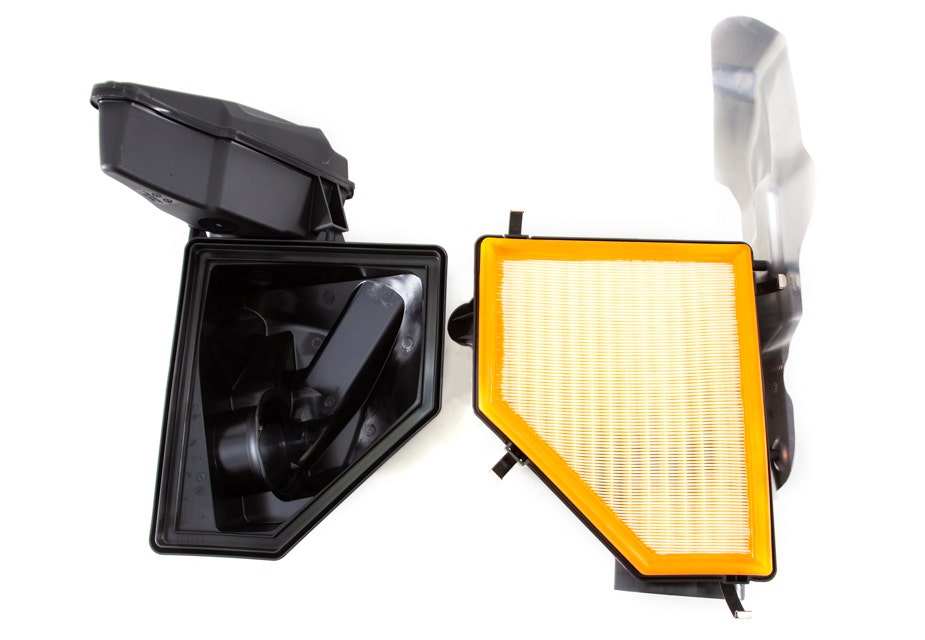
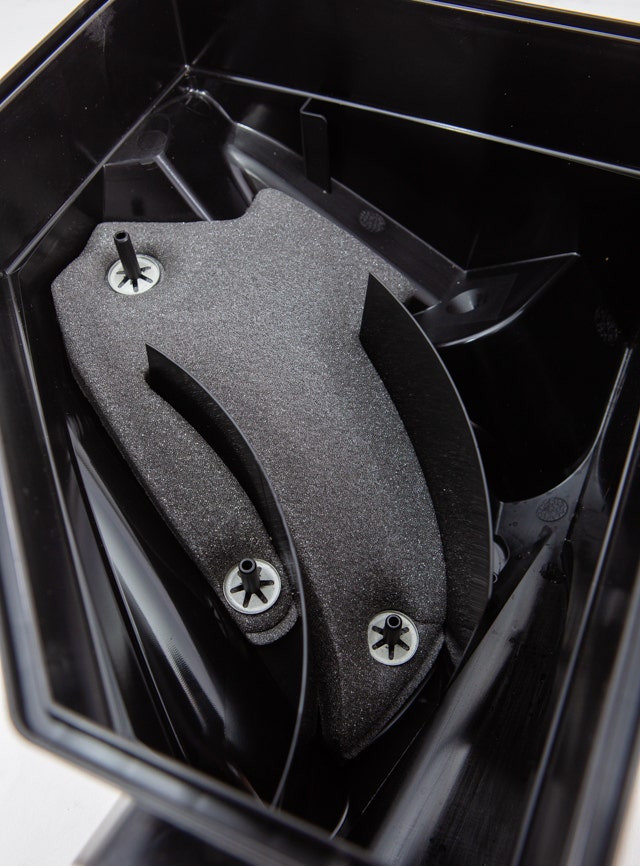
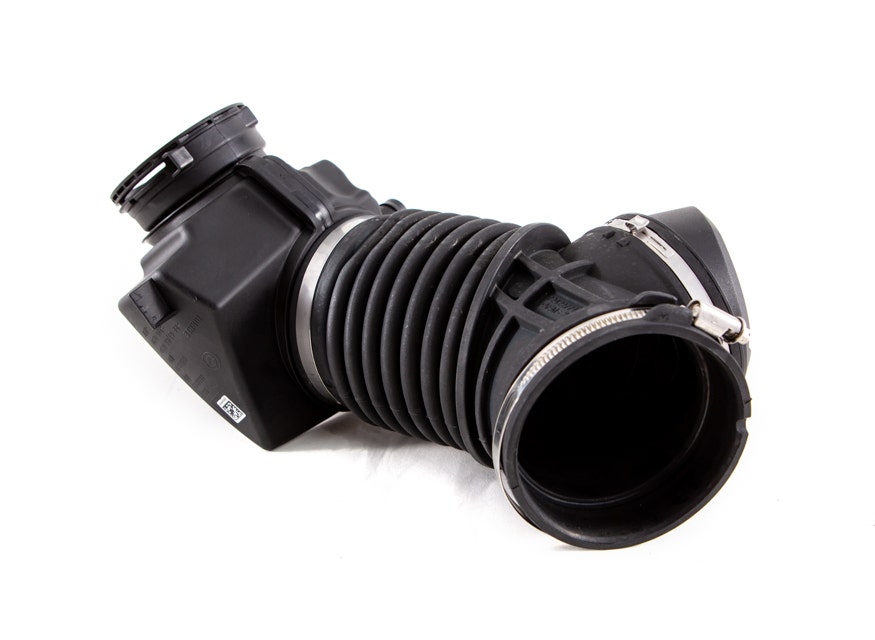
Once we moved along to the hose, we found some aspects that were more familiar, and some that were new to us, starting with another measure to quell the volume on the B58's induction system. A second, smaller resonator chamber sits on top of the Supra's induction hose and is strategically placed likely as a means to cancel out a certain frequency of sound. The main section of this hose is constructed of rubber, with the unsightly accordion-style for some added flexibility. This method of construction is favorable for automotive manufacturing giants like Toyota, since it fits in their razor-thin production budgets, but the material can be prone to dry rotting, and the inconsistent interior shape can be detrimental to flow.
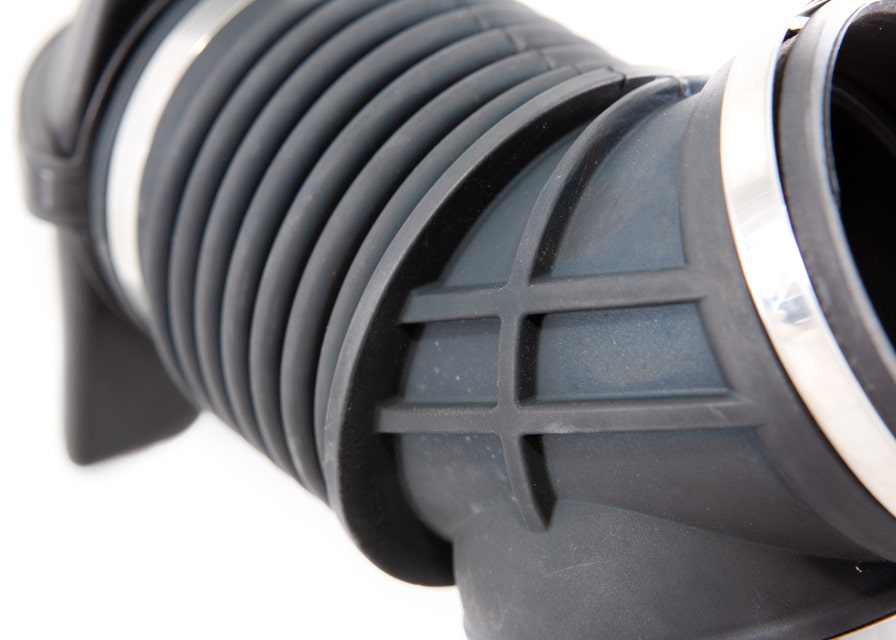

As we move past the rubber section of the hose, we found ear-clamped to the tail end two more critical components. First, a port for one of the many PCV lines that are equipped on the B58, which we saw does leave some oil peppering the induction hose as well as a quick-disconnect where this hose couples to the turbo. The oil slick in the hose is curable with a catch can, however, the quick-disconnect will pose a challenge as we dig deeper into this new kit.
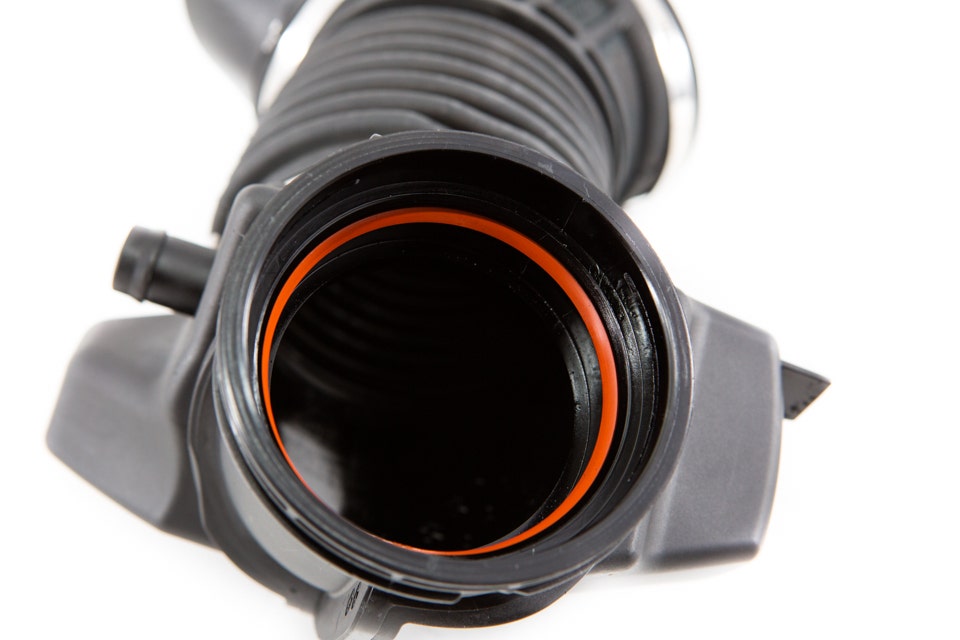
Evolution is inevitable and happens even quicker in the automotive realm. Luckily, we're ready to help with the Supra's progression when it comes to the breathing apparatus. Stay tuned for a look at our design plans.
PERFORMANCE INTAKE, FITS TOYOTA GR SUPRA 3.0L 2020+
Thanks for Reading!
-Nick




